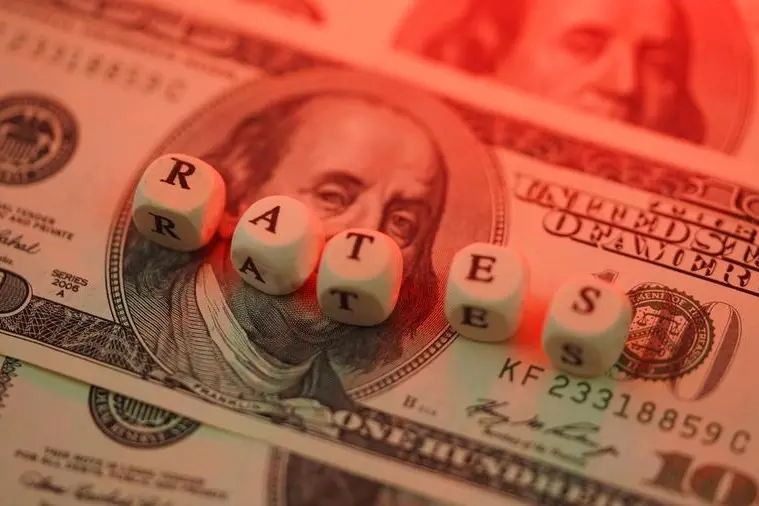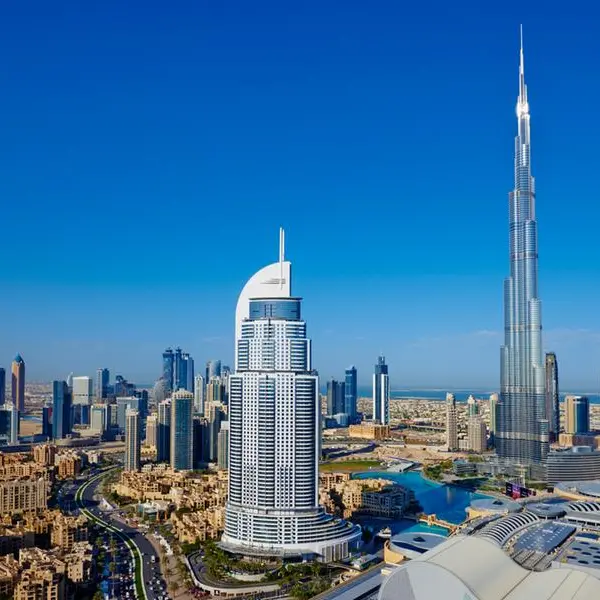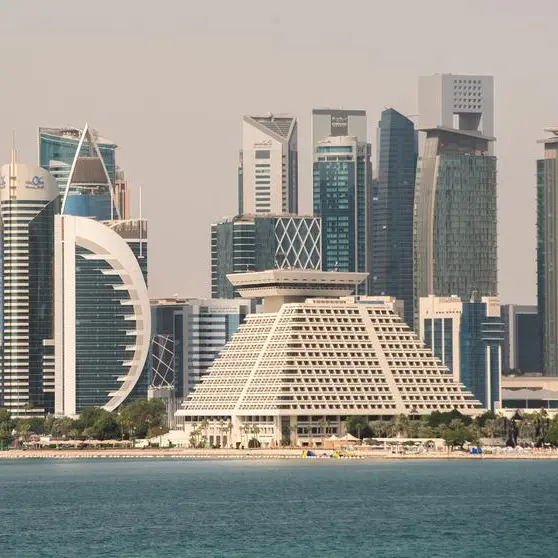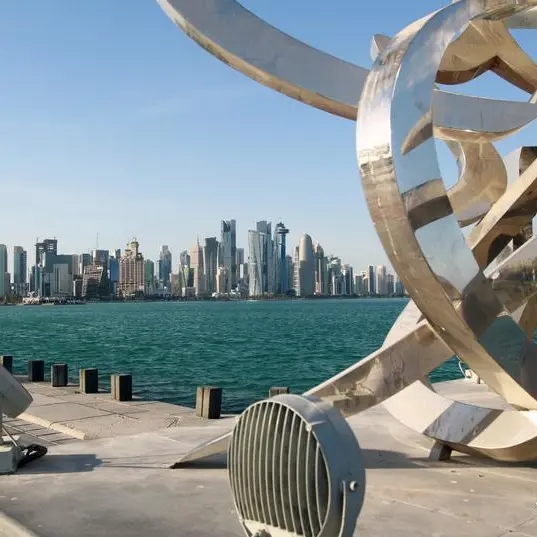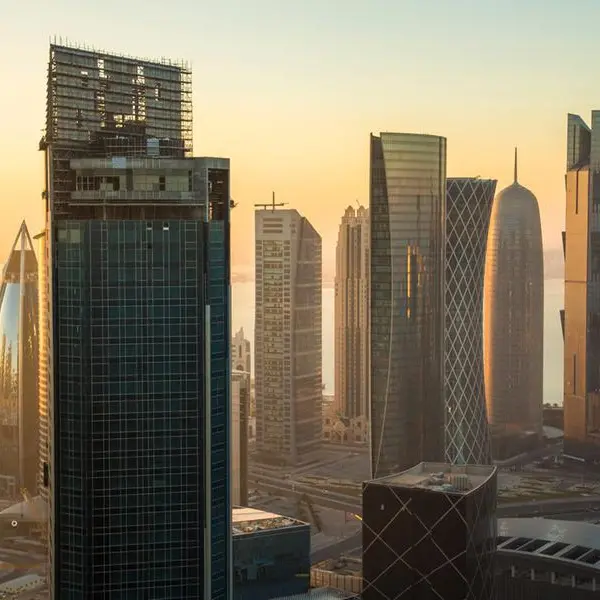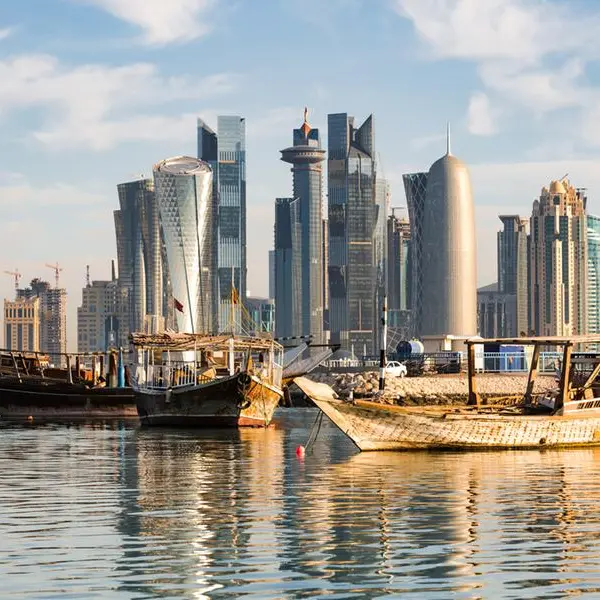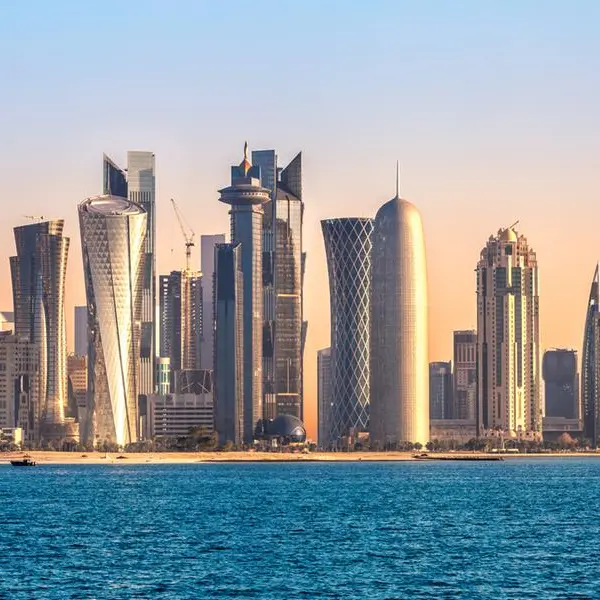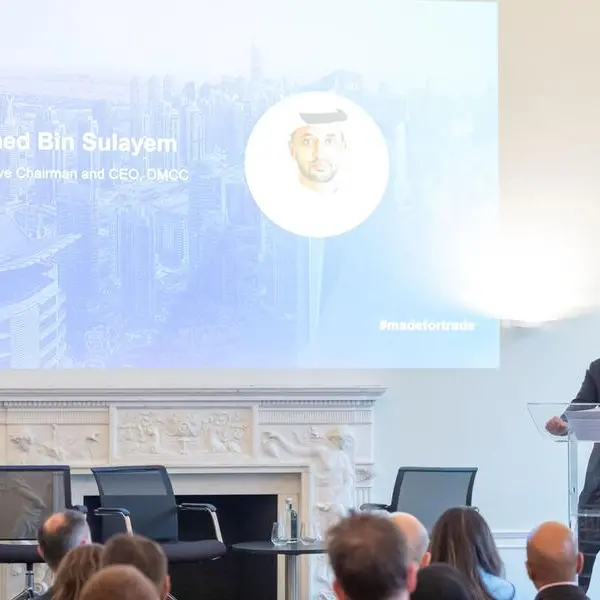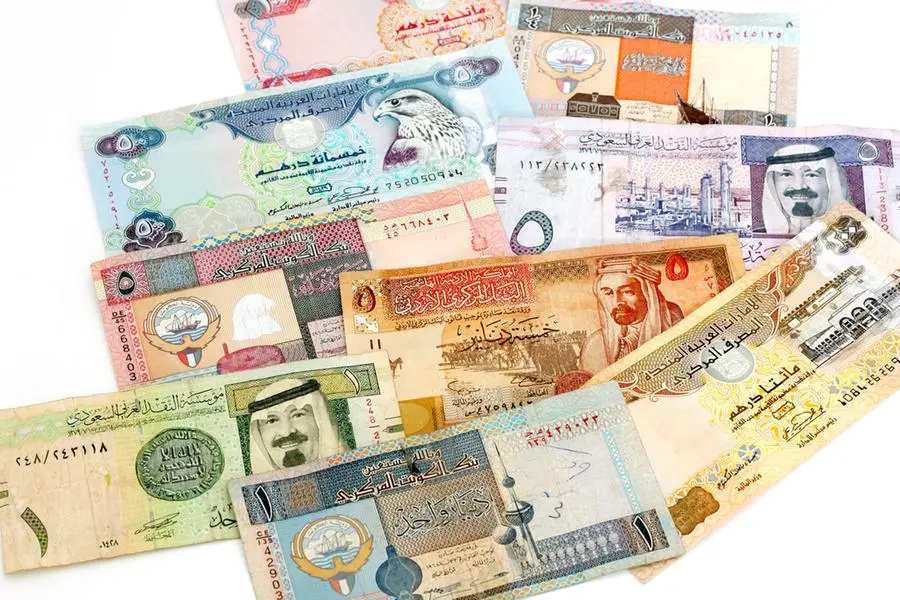PHOTO
red tone rates word block. Signifying interest rates. Image used for illustrative purpose. Getty Images
Easing interest rates will benefit economies in the Middle East, especially those whose currencies are tied to the US dollar.
When interest rates are cut, borrowing activity or credit conditions should improve, thereby stimulating growth in the non-oil sector, PwC said in its latest “Middle East Economy Watch”.
“As interest rates ease, especially in countries with currencies pegged to the US dollar, access to credit should improve, fostering growth in the non-oil economy,” the consultancy said.
GCC-member states are likely to lead the growth, since they are diversifying their economies. The growth in the region will also be bolstered by efforts to remove trade barriers.
Expectations are high that the US Federal Reserve will bring down interest rates for the first time since about four years ago, providing a relief amid rising inflation and living costs.
The International Monetary Fund (IMF) had forecast that GDP growth rate for the wider region will be around 2.8% in 2024, up from 2% in 2023, and 4.2% in 2025.
“For Gulf Cooperation Council (GCC) members, non-hydrocarbon sectors are poised to be the primary drivers of growth, as these countries continue to diversify their economies,” the report said.
“The region also stands to benefit from shifting trade patterns by reducing trade barriers, diversifying products and markets, and developing alternative trade corridors.”
The UAE has recently concluded negotiations with Australia regarding their economic partnership agreement, which is expected to remove tariffs on more than 99% Aussie products.
So far, the region’s non-oil sector is showing solid performance and positive economic developments this year, despite ongoing uncertainty, disruptions in the Red Sea and oil production cuts.
Fiscal outputs have also been positive, with the UAE, Qatar and Oman posting surpluses and Saudi Arabia managing to narrow its deficit, the report said.
(Writing by Cleofe Maceda; editing by Seban Scaria)
